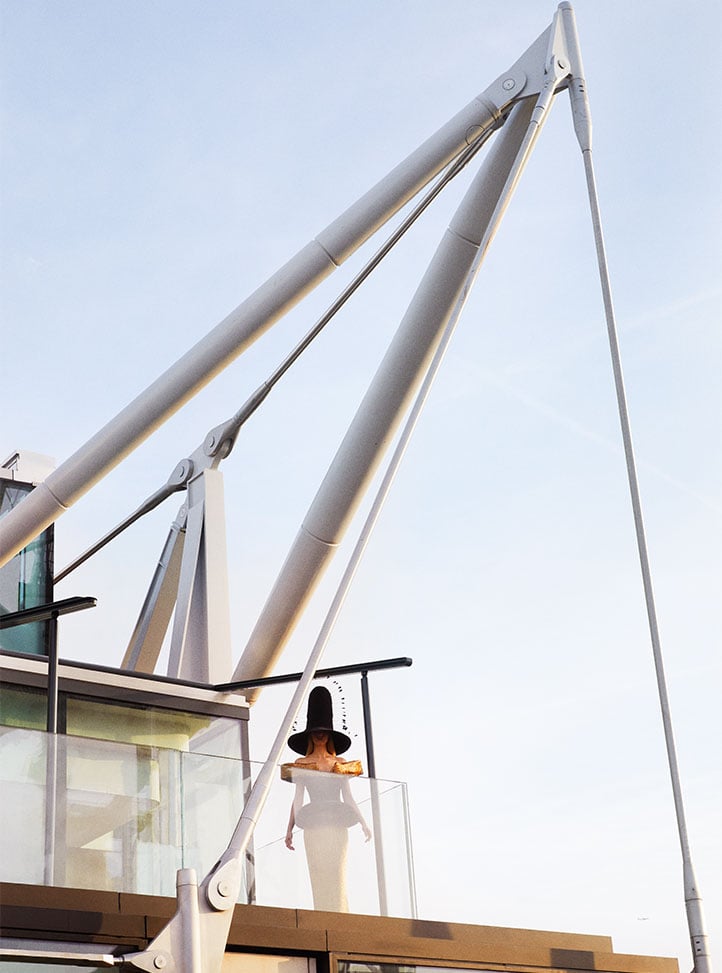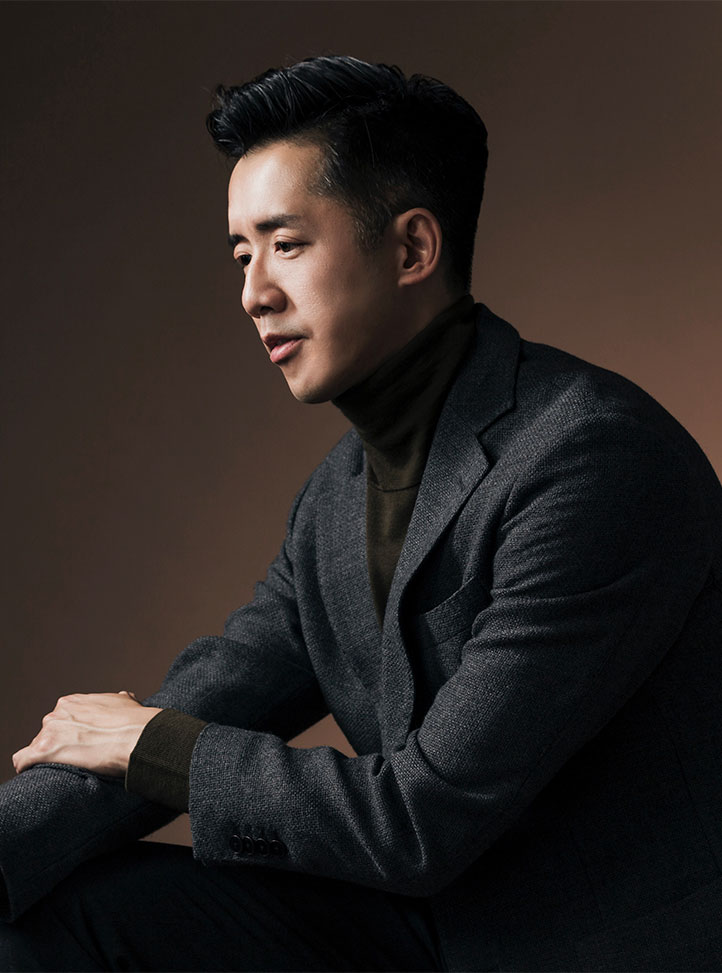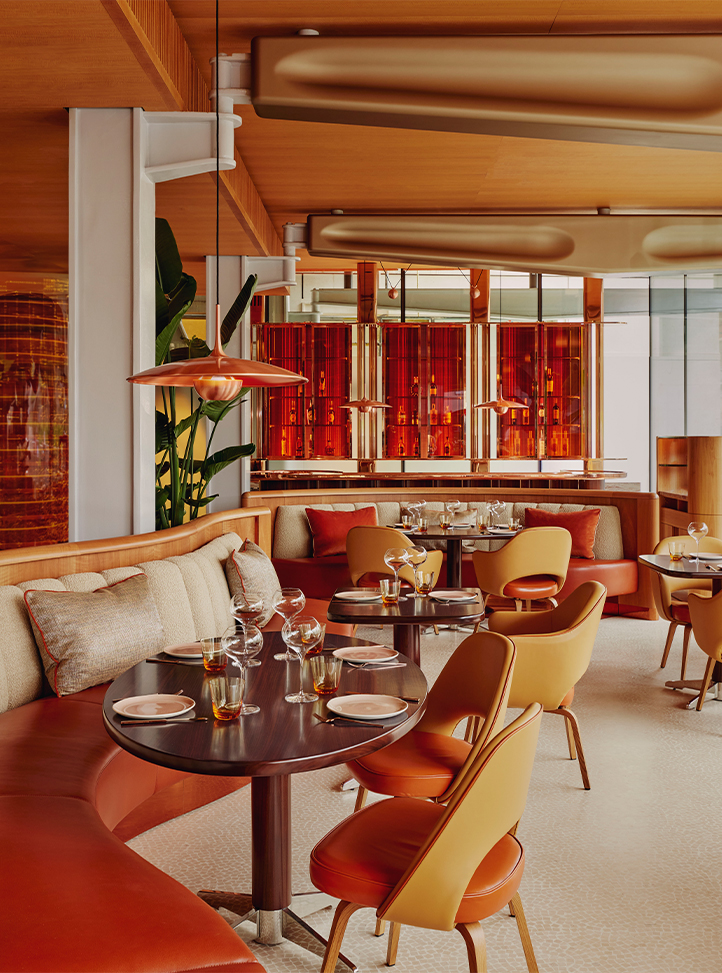Quiet Beauty
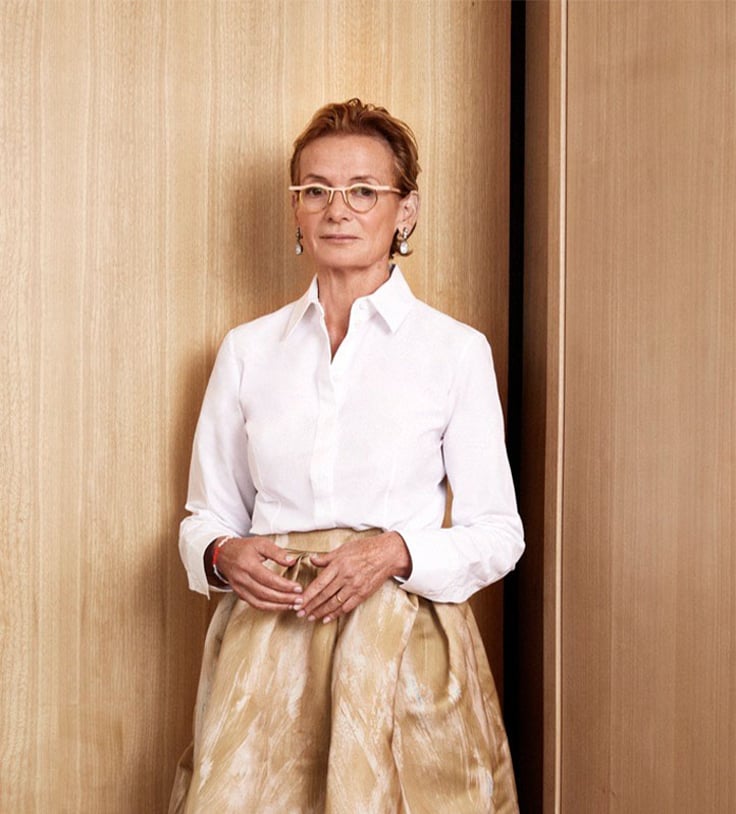
Bethan Ryder meets interior design legend Alexandra Champalimaud at her suite at The Emory.
A lush, quiet luxury speaks volumes about the co-creator of the fifth-floor Hyde Park Balcony Suite. A serene interior of blonde wood and Carrara marble is warmed by softly curved furnishings, cream upholstery, and brushed metallic accents. Floor-to-ceiling windows offer a leafy green vista of Hyde Park treetops, elevating the sense of all-pervading calm. The unfussy room invites you in with flattering lighting and gentle comfort; it’s a place where you suspect the living is effortlessly easy.
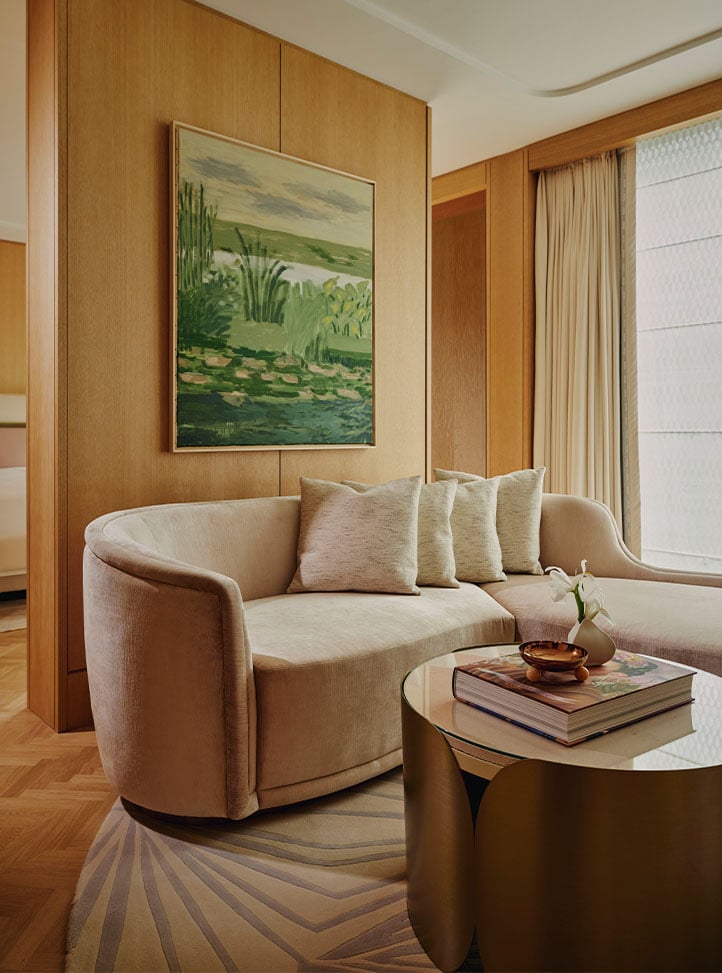
A lush, quiet luxury speaks volumes about the co-creator of the fifth-floor Hyde Park Balcony Suite. A serene interior of blonde wood and Carrara marble is warmed by softly curved furnishings, cream upholstery, and brushed metallic accents. Floor-to-ceiling windows offer a leafy green vista of Hyde Park treetops, elevating the sense of all-pervading calm. The unfussy room invites you in with flattering lighting and gentle comfort; it’s a place where you suspect the living is effortlessly easy.
‘It is not about me,’ says Portuguese designer Alexandra Champalimaud, of the work created by the New York-based firm that bears her name. ‘It’s about what I can do that is different.’ Holding court in a crisp, white, high-collar shirt—paired with a voluminous Dries Van Noten skirt—she’s all patrician elegance, minus the hauteur.
‘The more the world evolves for those living a fortunate existence, the less effective is very luscious or over-the-top design.’
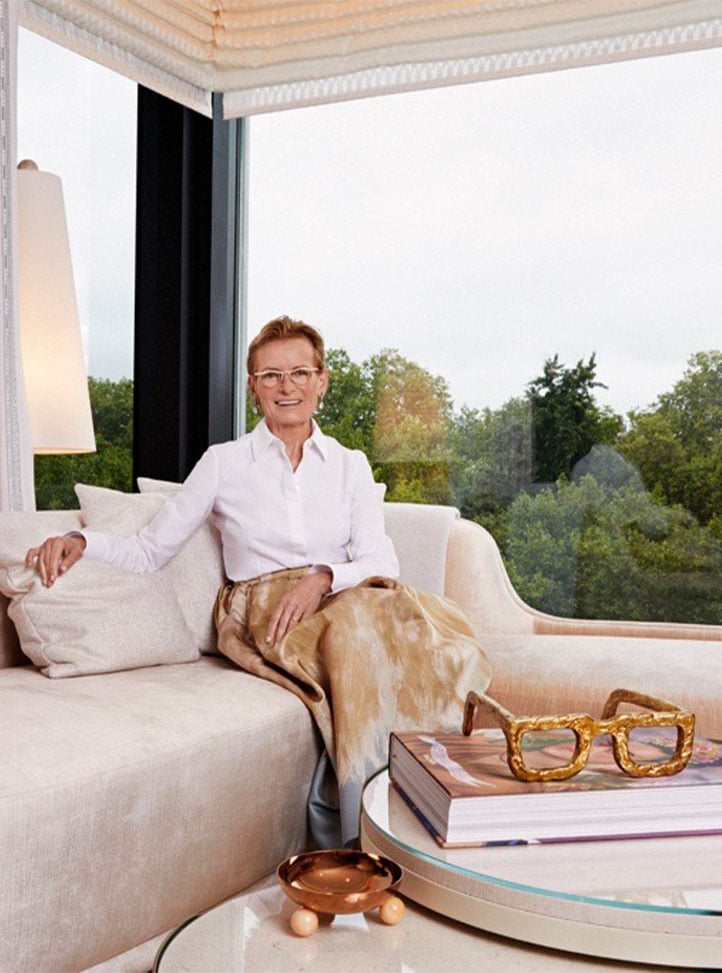
‘It is not about me,’ says Portuguese designer Alexandra Champalimaud, of the work created by the New York-based firm that bears her name. ‘It’s about what I can do that is different.’ Holding court in a crisp, white, high-collar shirt—paired with a voluminous Dries Van Noten skirt—she’s all patrician elegance, minus the hauteur.
‘The more the world evolves for those living a fortunate existence, the less effective is very luscious or over-the-top design.’
What takes precedence in a hotel room?
'I am crazy about a very, very good bed,' she enthuses. 'And very good sheets.'
This penchant for top-quality linen (by Frette) Champalimaud attributes to her heritage. The designer is the first to admit she was born lucky into extreme wealth; a love of sports cars earned her mother the nickname Maria Maserati.
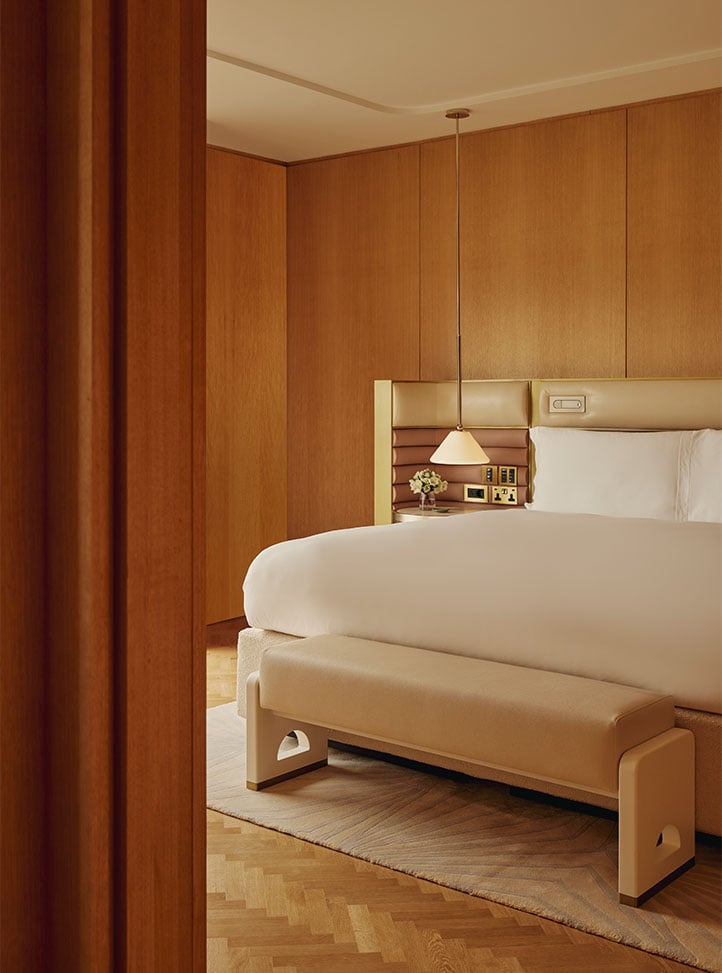
What takes precedence in a hotel room?
'I am crazy about a very, very good bed,' she enthuses. 'And very good sheets.'
This penchant for top-quality linen (by Frette) Champalimaud attributes to her heritage. The designer is the first to admit she was born lucky into extreme wealth; a love of sports cars earned her mother the nickname Maria Maserati.
Champalimaud was raised in Cascais—a humble fishing village turned chic holiday destination, beloved of European royalty—but was educated at English and Swiss boarding schools.
'It wasn't easy,' she says, 'to get through those years.'
Champalimaud returned to Portugal to study classic architecture and design under a foundation established by banker and collector Ricardo do Espírito Santo Silva. Resilience instilled by the boarding school years served her well when she fled Portugal, with her husband and young son, in the wake of 1974's military coup, known as the Carnation Revolution. She began afresh in Montreal and faced tough years, but within a decade was designing furniture for the law office of former Canadian president Pierre Trudeau.
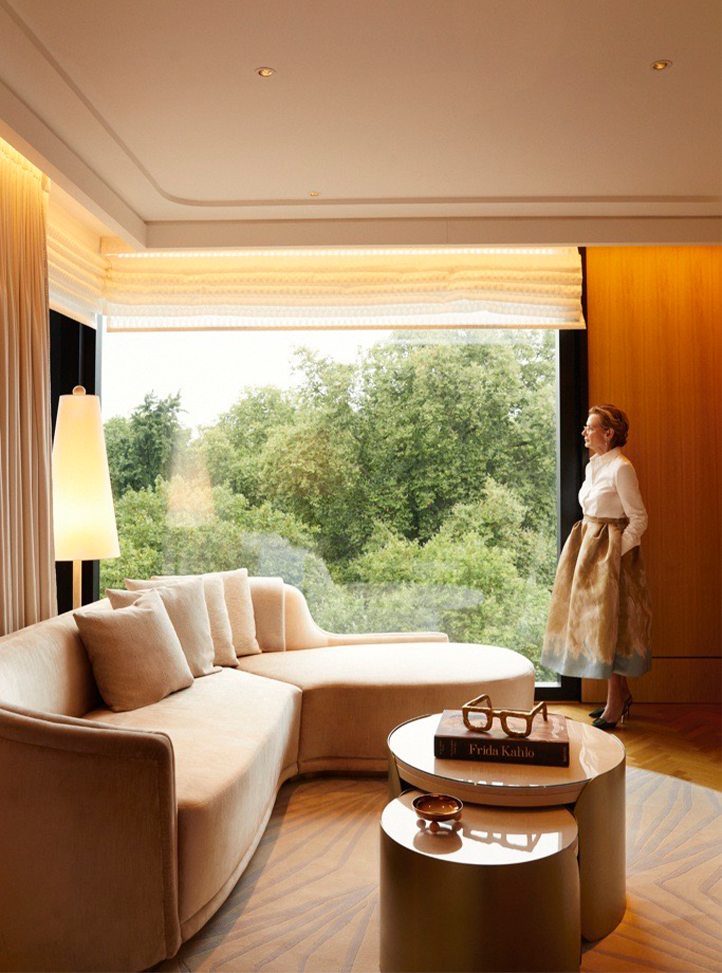
Champalimaud was raised in Cascais—a humble fishing village turned chic holiday destination, beloved of European royalty—but was educated at English and Swiss boarding schools.
'It wasn't easy,' she says, 'to get through those years.'
Champalimaud returned to Portugal to study classic architecture and design under a foundation established by banker and collector Ricardo do Espírito Santo Silva. Resilience instilled by the boarding school years served her well when she fled Portugal, with her husband and young son, in the wake of 1974's military coup, known as the Carnation Revolution. She began afresh in Montreal and faced tough years, but within a decade was designing furniture for the law office of former Canadian president Pierre Trudeau.
Champalimaud established her firm in 1981, moving it from Montreal to New York, where her husband was based, in 1993. Renovating Manhattan's Algonquin Hotel put her firmly on the map.
For such a celebrated and seasoned creator of high-end international hotels and residences, Champalimaud takes remarkably little personal credit. 'No one creates alone,' she says, citing the contributions of the developers, her studio team, and her tech experts, not to mention the clients. 'You never know where a good idea might come from.'
Is diplomacy the real art of her success?
'One hundred per cent. We don’t create problems. We design by listening.'
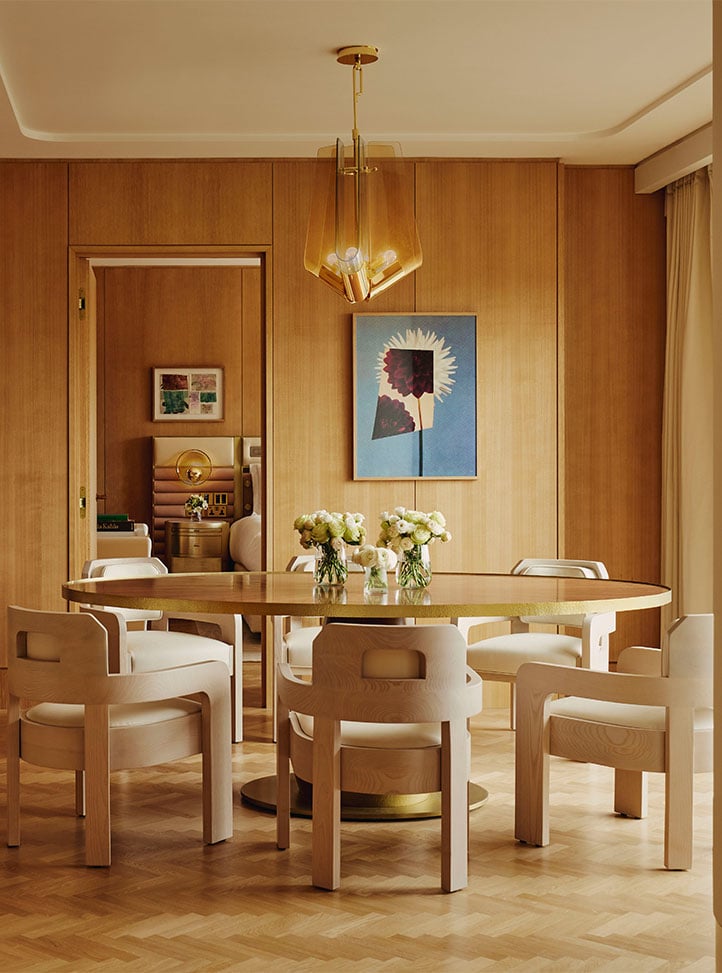
Champalimaud established her firm in 1981, moving it from Montreal to New York, where her husband was based, in 1993. Renovating Manhattan's Algonquin Hotel put her firmly on the map.
For such a celebrated and seasoned creator of high-end international hotels and residences, Champalimaud takes remarkably little personal credit. 'No one creates alone,' she says, citing the contributions of the developers, her studio team, and her tech experts, not to mention the clients. 'You never know where a good idea might come from.'
Is diplomacy the real art of her success?
'One hundred per cent. We don’t create problems. We design by listening.'
